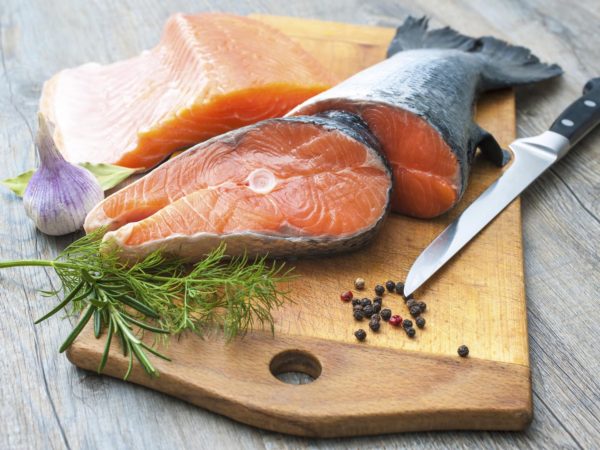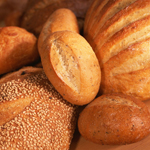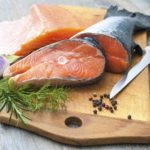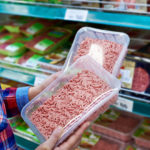How Can You Tell If Salmon Is Really Wild?
I read that The New York Times has reported that farmed salmon is being passed off as wild salmon, even in some pretty fancy stores at very fancy prices. How can I tell whether the salmon I’m buying is wild or farmed?
Andrew Weil, M.D. | September 13, 2005

The New York Times story (published on April 10, 2005) certainly is a cautionary tale. For those of you who didn’t see it, the Times sent a reporter to buy wild salmon at eight stores in the city. Some of the fish sold for as much as $29 per pound. The Times then had the salmon tested and learned that six of the eight pieces of fish purchased were farmed, not wild.
It appears that the suspicions of the food writer at the Times were raised by the fact that so much wild salmon was on the market during the off-season (from November to March) when the fish is not widely caught. Wild salmon is almost extinct on the East Coast and, the Times reported, West Coast wild catches are restricted by quotas. As a result, 90 percent of the salmon sold in the United States is farmed. Unfortunately, farmed salmon has been found to contain residues of PCBs and other toxic contaminants, as well as residues of antibiotics and other drugs.
The tests performed on the salmon purchased by the Times measured the amount of food coloring added to farmed fish. (Without this, the flesh of farmed salmon would be white.) You can’t tell at a glance whether fish is wild or farmed – they look alike although they taste different. And consumers certainly can’t be expected to have fish tested to find out whether or not it is farmed or wild.
You’re better off assuming that salmon sold as wild during the period from November to March really is farmed. I recommend eating wild Alaskan salmon because it is delicious and a good source of health-protective omega-3 fatty acids. However, you can get the same fatty acids from other cold water fish including mackerel, sardines, herring, and black cod.
If you want wild salmon, you can order it online from one of my favorite sources, Vital Choice Seafood (www.vitalchoice.com). The wild Alaskan salmon available from this source is flash-frozen when caught.
If wild Alaskan salmon is too pricey for your food budget, you can buy canned sockeye (red) salmon in the supermarket; it’s all wild. It will give you the same omega-3 fatty acids found in fresh or frozen Alaskan wild salmon.
Otherwise, all you can do is buy from trusted sources and ask them how they make sure their fish is really wild.
Andrew Weil, M.D.









